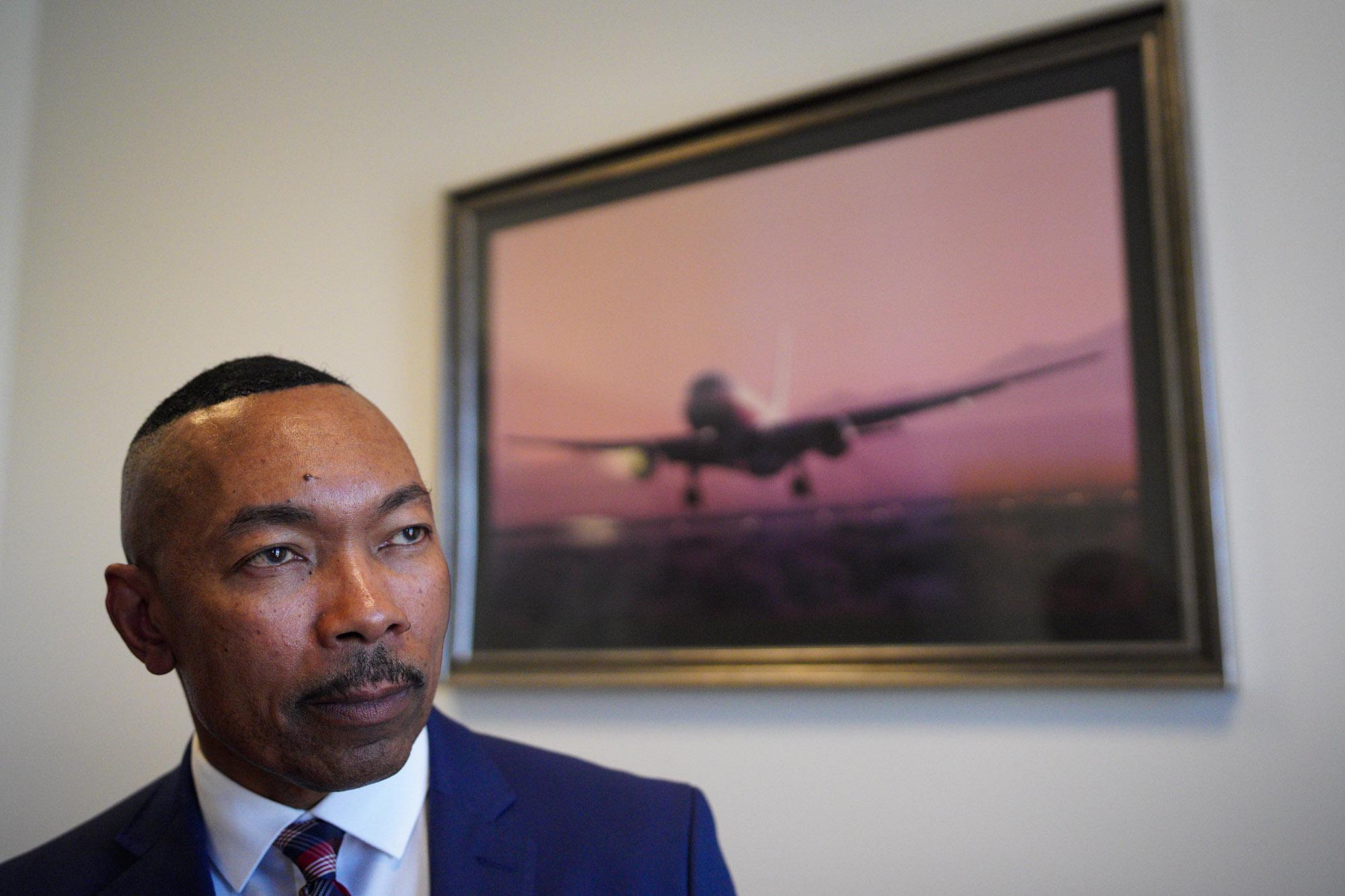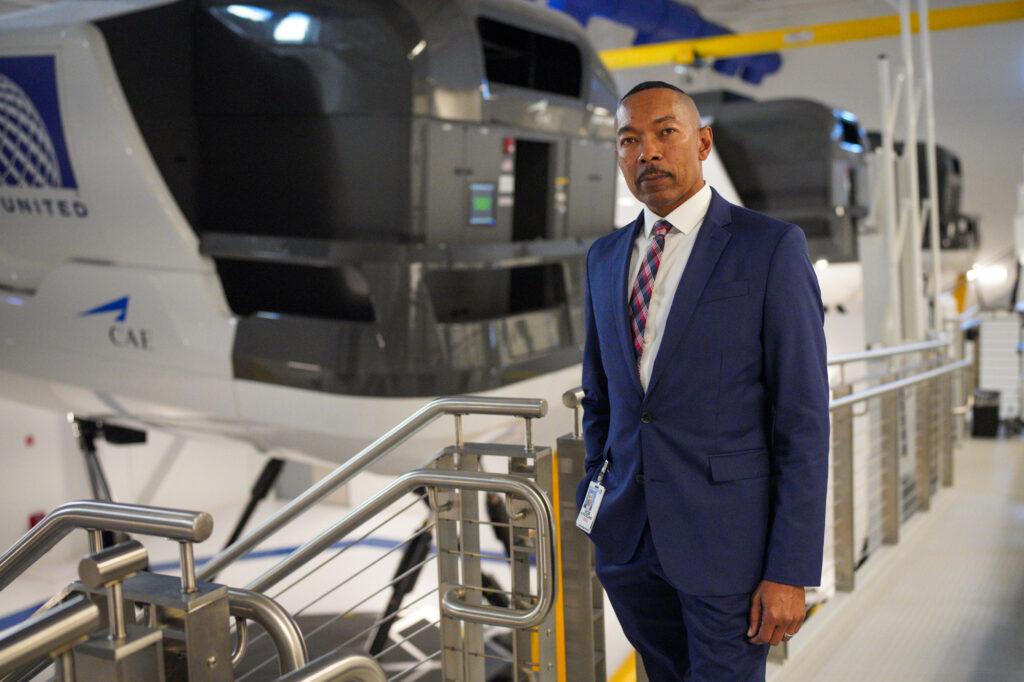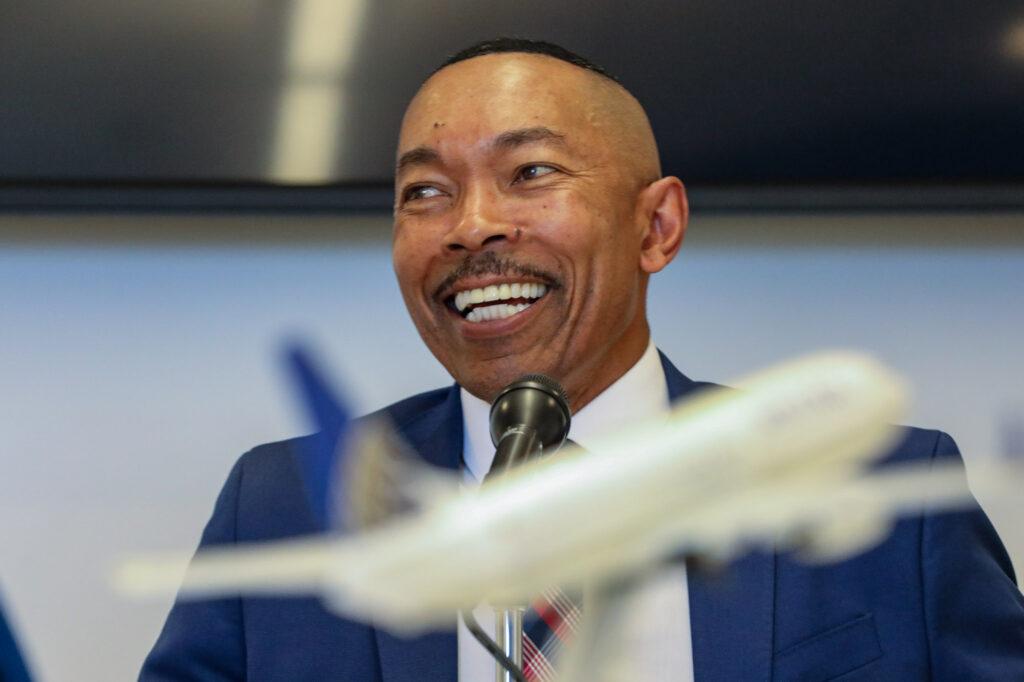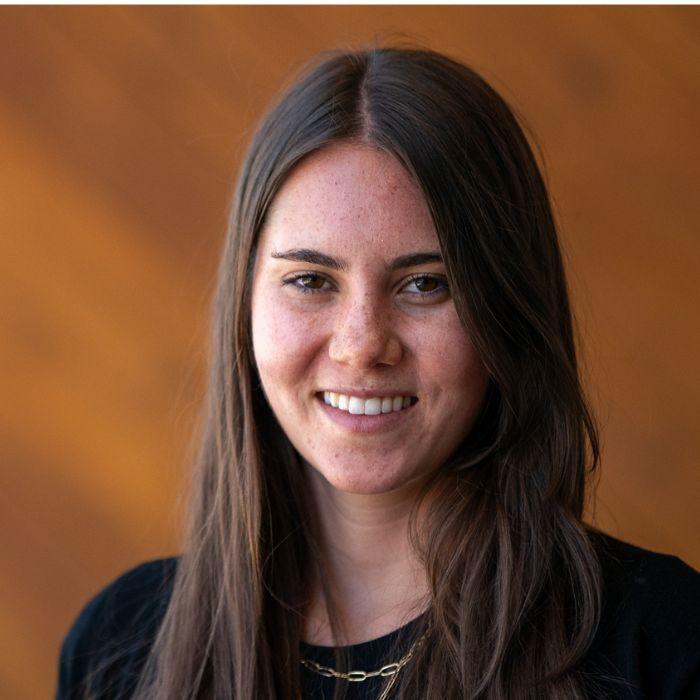
At United Airlines’ Flight Training Center in Denver, the room brims with wanderlust. About 40 new first officers sit in a classroom, nine days from “turning the wheel” — that is, flying a plane full of passengers. They are at the start of their careers with one of the world’s largest airlines and will soon sit in the cockpit with captains who have much more experience. But today, they are reminded their voices matter.
A man with a haircut as precise as the fit of his suit stands at the front of the room and urges them to speak up once they make it to the controls. Although they will be new, they will be just as responsible for spotting errors and issues as their more experienced counterparts.
Robert Strickland, Jr. is a luminary in aviation. For over 30 years, the Air Force Academy graduate and former boxer has led the Human Factors and Pilot Development department at United that is focused on how pilots’ emotional and psychological state affects their performance. He also thinks a lot about the human-machine interface. Strickland’s role, which existed before his arrival, was born from disaster.
On December 28, 1978, United Flight 173 from Denver ran out of fuel and crashed as it prepared to land in Portland, Oregon. The very senior captain was so focused on a potential landing gear malfunction that he failed “to properly respond to the low fuel state and the crew members' advisories.”
Eight passengers and two crew members died.

“The airplane was perfectly flyable, but the crew was not,” Strickland said. A warning light was incorrect and the landing gear was, in fact, down. Now 44 years later, United still invests in what it calls “crew resource management,” meaning minimizing the human factors that might contribute to calamity.
“We encourage [pilots] to do a self-assessment,” he said. “We have a checklist — a little card — that calls out the three major components of that fitness for duty.” The card asks pilots to evaluate themselves, their plane and their surroundings. If they’re having an off day, Strickland said, “a conversation with the rest of the crew can still follow to help them raise the level of performance.”
Increasingly, United is focused on ensuring its pilots, flight attendants and ground crew — all of whom have their eyes on the airplane — feel safe enough to speak up if they see something wrong or are not feeling their best.
“The feeling that ‘I can be vulnerable as an individual and take some social risks, bring in my opinion, and know that it is going to be honored’” is important for the safety of everyone on the aircraft, Strickland said. “It may not necessarily be selected as the path forward, but it's honored.”
Although captains have the last word, it does not mean they are the only ones with a correct solution to a problem. “I think that those who are in command can take off the cape and say, ‘hey, listen, I don't have to have all the answers. I can still be in charge. I can still be in command and not be right all the time,’” Strickland said.

The tools Strickland teaches pilots have gained attention outside of aviation. The day CPR News visited United’s Flight Training Center, officials from Children’s Hospital Colorado were on campus to see how they might apply crew resource management in a medical setting.
Breathing exercises are another tool that Strickland teaches his pupils. Box breathing, which involves breathing in, holding and breathing out for four counts each, is something he borrowed from the Navy Seals. The Seals, Strickland explained, use the technique “before they go into a firefight or while they're in a firefight, [and it] helps them recover, reduce the level of adrenaline and focus on what they need to be focused on.”
Strickland’s job is also to think about the interface between human and machine. He helped write the pre-flight checklist for the Boeing 777 — the world’s most widely-used widebody jet. Like the breathing exercises, the checklist serves to focus the crew on the moment at hand.
As in society, mental health in the cockpit is an evolving conversation, Strickland said. “I think there's a lot more openness around that conversation and — mind you — there’s still a stigma associated with raising the question about mental health.” Though he is not a psychologist, his job requires him to focus on the mental resilience of crew members. Lives depend on it.
“First officers and captains sign for the airplane, they sign for their crew. They also sign for the 162 people in the back of the airplane” he said. “Those people have gotten on [the plane] with a level of trust that we just can't afford to violate.”








